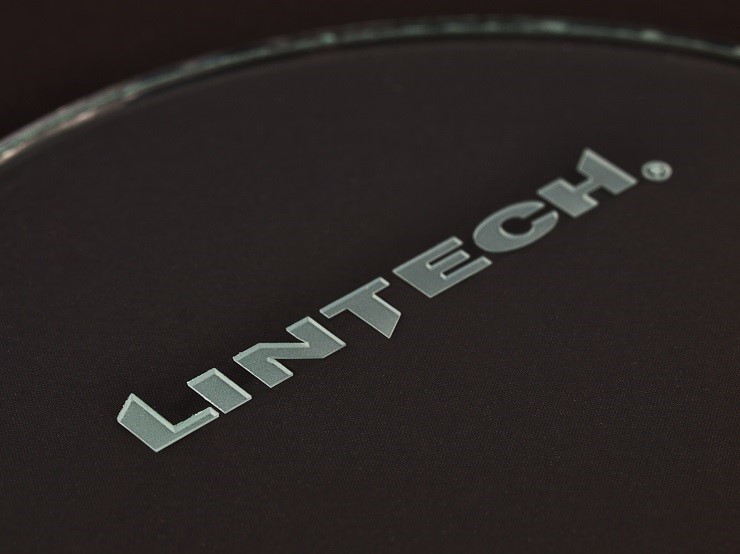Glass
Glass marking has not only been reserved to CO2 lasers working at 10.6 µm wavelength. Additionally, these lasers used to be able to make only deep engravings disturbing the glass structure creating a non-contrast marking. This means that the marking used to be unclear, without contrast and with low readability. Currently, we mostly use short-pulse green laser for marking of glass and transparent materials.
Generating low energy and heat levels, efficient ablation and non-linear interaction with most materials is possible. These lasers are intended for micro-processing of hard and soft materials. Especially for marking glass, crystal or plastic materials with low absorption, for which the use of common crystal and fibre lasers with the wavelength of 1064nm is inefficient. The marking is then contrast as the letters are formed by micro-bubbles in the glass, which do not break light as easily as clear glass does. Therefore, the marking looks almost white.
Thanks to a laser scanning head with precise focus, we are additionally able to focus the laser anywhere into the material and the marking can be "concealed" in depth of the material, i.e. up to a few mm or cm below the surface.

